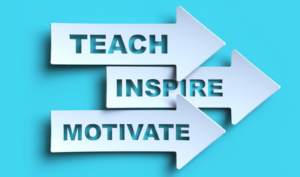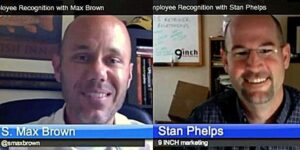
Employee Motivation Matters. How Can Leaders Help?
You’re a business leader. You believe in your company with all your heart. Your commitment to the organization’s mission drives you to aim high, work

You’re a business leader. You believe in your company with all your heart. Your commitment to the organization’s mission drives you to aim high, work
The topic of entrepreneurship fascinates me. I often wonder what makes one person seek out entrepreneurial opportunities while others are content to be employees. I

Today’s global marketplace is fiercely competitive. But smart companies recognize their primary business advantage comes from within

How would you describe your ideal employer? Here’s one factor that many job seekers overlook — but it has potential to make all the difference.

How can employers win the hearts and minds of today’s workforce? The TalentCulture community takes a closer look — for better or worse.

What can long-distance running teach us about entrepreneurship? Here are 6 ideas from a street-smart young leader

Looking to strengthen your pool of qualified talent? Try these tips to cast a broader net

Great workplace cultures recognize employees as “whole” people. Learn how to fully engage your workforce at our webinar with the President of Virgin Pulse

Does “fun” fit into your vision of the ideal workplace? Are game-based models really effective at driving employee engagement? Let’s talk about it with several business culture innovators

How are employers pushing the “gamification” envelope to improve hiring and management decisions? See highlights and collected resources from a week of playful #TChat events

In a week devoted to workplace recognition, our community discovered an abundance of ways to express appreciation. But above all, be sure to make it meaningful.

Feeling overworked and undervalued at work? Here are 5 ways to take action on your own behalf, when others don’t recognize or reward your efforts…

It’s no secret that workforce recognition pays. The trick is getting recognition right. How can employers make it count? That’s the focus in the TalentCulture community at this week’s events…

What do some of the world’s most respected companies do to recognize employee performance — and why? Take a quick tour and get inspired!